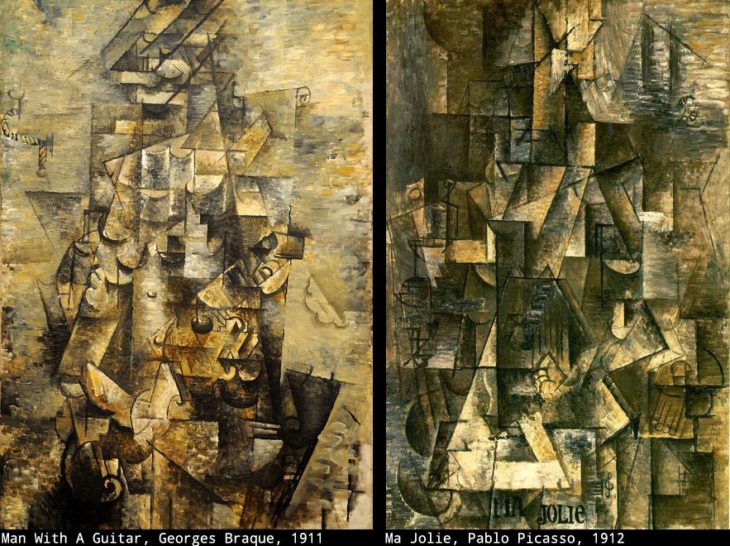July 14, 2014
With Anne Teresa De Keersmaeker coming to New York with performances of early works, I knew I wanted to see Rosas Danst Rosas again and I went looking on YouTube for clips of the other pieces that were being performed. The choice find was De Keersmaeker’s full work Fase (check it out) but I also came across a number of these extraordinary mash-ups of a fairly recent Beyoncé music video (Countdown) with clips from early De Keersmaeker videos from which the moves have obviously been taken, wholesale.
The copying is so blatant I almost wondered if De Keersmaeker might have granted permission for the re-purposing of her choreography but her comments in this article in Artsbeat clearly indicate that Beyoncé and her choreographer just helped themselves — to the choreography, the costuming and even the set design. Beyoncé defends it as “using inspiration”, “paying tribute”; De Keersmaeker calls it plagiarism, stealing.
I’m often asked by clients how safe it is to put their artwork on the web without a watermark; if there’s a way to prevent people from copying or downloading it. The reality is that once you have put your work on the web it’s there for the taking. One can disable downloads in various ways but screenshots are always available to people and the results of a screenshot of an image are as good as the original image itself. Savvy users can inspect the code of a page and almost always track the source of media files to download them, no matter what you do to make that difficult. And even if people don’t actually take your files off the web, just looking at them can “inspire” them.
And that’s as it should be, to some extent, however much Beyoncé may have pushed the envelope a bit far. Art is enriched by the influences of work created by artists before you. And your art will have been influenced by the work of others already.
So putting your work up on the web is a calculated risk and there are advantages and disadvantages to weigh.
If your work is not on the web, consider the loss of opportunity. So much more work will you have to do in person to get people to see or find it (in a world where people look on the web for almost everything — and easily find more than they need).

Conceivably, your work could get copied with the copier gaining traction with your ideas before you do. Picasso copied Braque unabashedly. That could happen to you. If so, push on regardless, as Braque did. Everything that you have done that is copy-able is past work; the job of an artist is to be exploring the unknown—and your future work can’t be copied before you have made it.
At a pinch, too, you might stand to benefit from being copied. Consider how many Beyoncé fans might have discovered Anne Teresa De Keersmaeker’s work through Beyoncé’s plagiarism?
If you’re here for ideas for website design and want to copy one we’ve done, you are welcome to browse this page of website designs that goes back to 1997.





